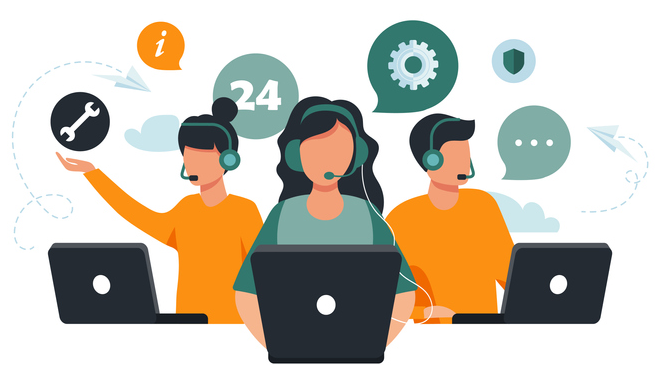A new Zendesk report also shows that for 64% of companies, customer service has a direct impact on business performance
According to Zendesk’s CX Accelerator (NYSE: ZEN) report, “outstanding” has become the minimum acceptable standard for companies to meet customer expectations. However, organizations know they are not living up to these rising expectations, with CX Leaders – those considered to be at the forefront of customer experience – saying that unresolved demands are increasing 157% year-over-year.
According to the report, rethinking the role of support teams requires investing in training and tools so agents have what they need in finding opportunities and closing deals. Companies will reap the benefits, and there’s data to prove it: CX Leaders are 6x more likely to discover a new sales opportunity in more than 25% of their interactions with customers; and are 62% more likely to find opportunities during customer interactions compared to Beginners. In Latin America, the scenario remains with, on average, 58% more LATAM Leaders than newcomers stating that they find new sales opportunities in conversations with customers.
However, as consumer expectations increase, so does the pressure to continue differentiating a product or service. “The biggest changes companies face to keep up with customer expectations are operational and cultural,” explains Titterton. As consumers continue to raise the bar of expectation, the path is to ensure companies have the right skills, technology and knowledge to meet it.
LATAM cutout
Zendesk surveyed more than 4,900 CX decision makers around the world – including more than 1,090 in Latin America – to understand the characteristics and benefits of being at the forefront of Customer Experience. In partnership with analyst firm ESG, it built a CX maturity scale to identify common patterns and behaviors that separate high-maturity CX organizations – called Champions (CX Leaders) – from those three tiers below: Starters ( CX Beginners), Emerging (CX Emerging) and Risers (CX Evolved).
Looking only at the numbers of companies in Latin America, it is possible to say that three times as many CX Leaders show stronger customer growth than the competition in the last six months, compared to Beginners. Despite this, the global numbers highlight that the presence of a new generation of organizations focused on customer experience (CX) is growing – with the Evolved approaching the Leaders, since 79% of these businesses are gaining more customers than losing, decreasing the distance between these two maturity levels.
The report outlines that no matter where a company is on the CX maturity scale, the changes needed to stay on top are consistent:
1. Balancing the strategy of using humans and automation;
2. Integrate important data from critical applications;
3. Evolve the role of the CX.
Agents + AI = a winning combination
Customers clearly want more control over how they engage with companies, and organizations have a huge opportunity to invest in AI-driven solutions to deliver rapid resolutions. In fact, 90% of companies surveyed by Zendesk reported using bots to direct customers to the right place, freeing agents to focus on more complex, high-value tasks.
According to the report:
• More companies are using bot-human cooperation – this strategy has jumped from 52% to 64% year-over-year;
• 57% of companies that use bots cite agent productivity as the biggest gain;
• Latin American Leaders are 45% more likely than Beginners to use a combination of chatbots and human representatives;
• And those same Leaders resolve 33% more chat queries without human involvement compared to Beginners.
Where companies need to focus is how to balance automation and the human element in the customer experience. This requires a deeper understanding of consumer behaviors to put automation where it is most effective and provide agent support where it can have the greatest impact.
Watch out for the data gap
The flood of data is overwhelming business leaders, and they still need meaningful insights into how to drive better, more personalized experiences for customers. Half of the companies surveyed use between six and 15 apps to get a complete picture of the customer journey, with just over a third (37%) saying they are “very strong” in delivering personalized experiences.
While many understand the need for integration, breaking down silos continues to pose a challenge, even for CX Leaders, who are more likely to use 16 or more applications and thus report data fragmentation as a serious obstacle to providing support. more transparent to the customer. Emergents also face challenges turning data into meaningful change, with only 27% doing so effectively, missing out on opportunities to increase customer engagement.
By looking only at the LATAM scope of the research, it is also possible to identify that the scenario remains. 83% of Latin American Leaders say they use more than 16 tools and applications than Beginners to get a complete view of the customer.
Providing agents with the right information at the right time can help support teams anticipate customer needs. Consumer feedback can also help other teams act quickly to improve product or service offerings. In fact, better collaboration between sales and support teams can optimize customer engagement across all touchpoints, reduce churn, and build stronger relationships.






